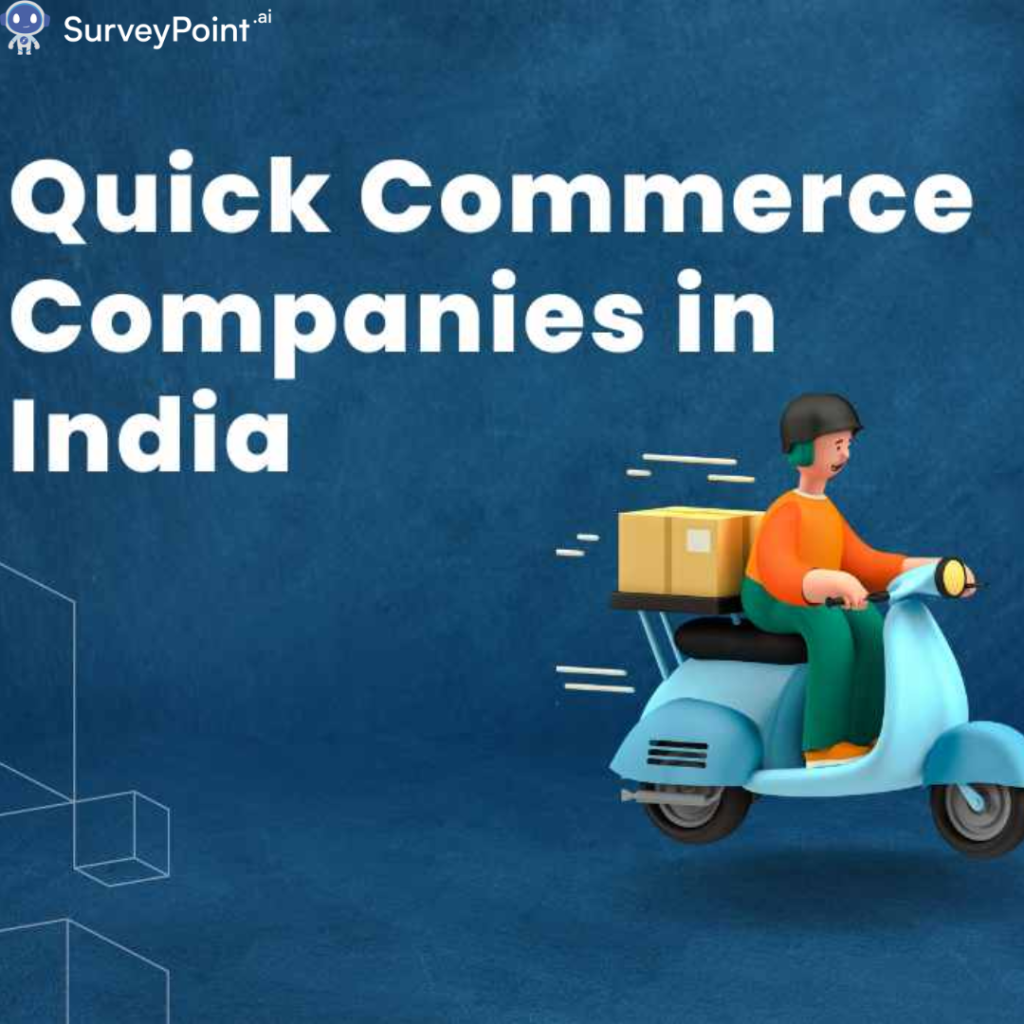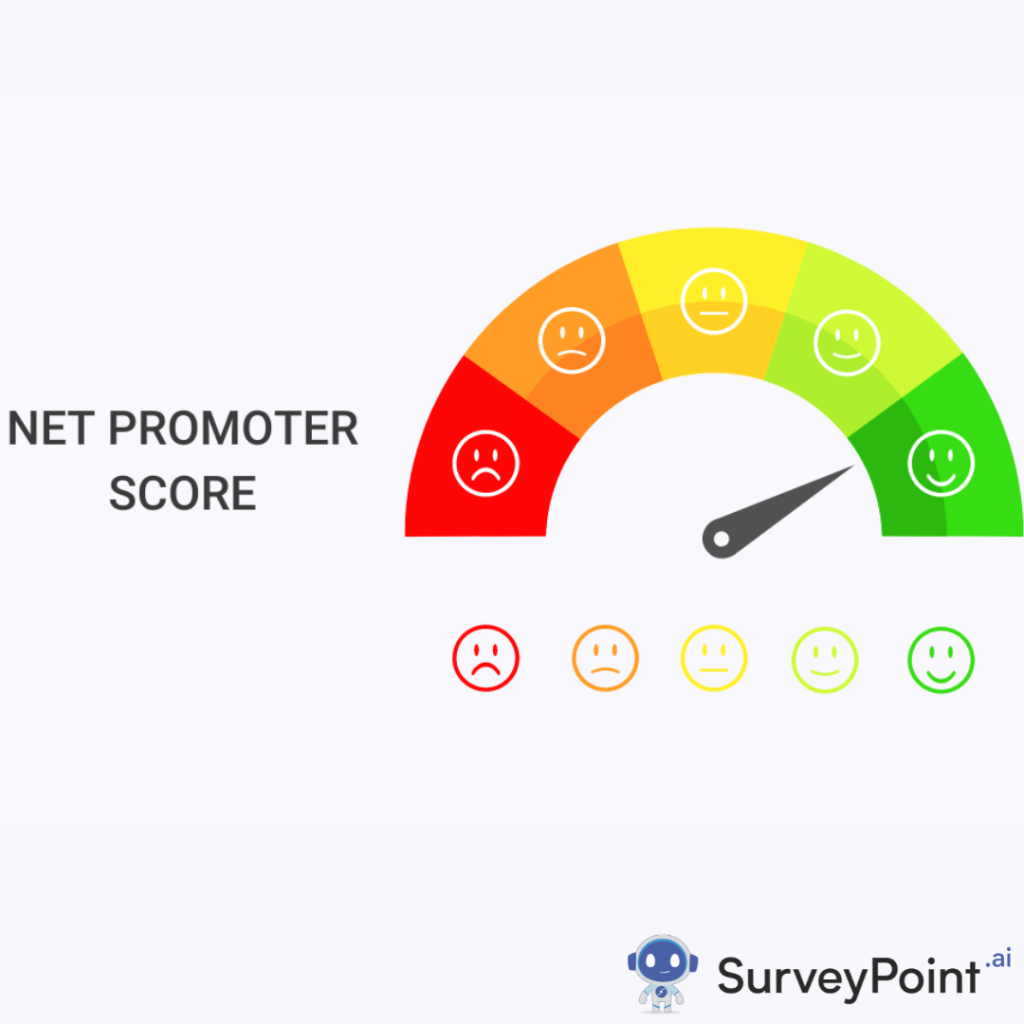
The rapid evolution of online shopping has given birth to a new phenomenon in the e-commerce world—quick commerce or q-commerce. Unlike traditional e-commerce models, which typically take a day or more for deliveries, quick commerce promises delivery within 10 to 30 minutes. In India, platforms like Blinkit (formerly Grofers), Zepto, and Swiggy Instamart are leading this charge, revolutionizing the way we shop for groceries, essentials, and household items.
In this blog, we’ll take a closer look at these quick commerce giants, explore how they’re changing the game, and discuss the benefits and challenges of this rapidly growing sector.
1. What is Quick Commerce?
Quick commerce, or q-commerce, refers to the hyper-fast delivery model where customers can receive products, primarily groceries and daily essentials, within a short span of time—often as quickly as 10 to 30 minutes. This model targets the immediate need for items, be it milk, bread, snacks, or household supplies, combining the convenience of e-commerce with the speed of brick-and-mortar shopping.
The rise of quick commerce has been driven by:
- Consumer demand for convenience: In today’s fast-paced lifestyle, consumers value time and are increasingly willing to pay for services that can save them from a trip to the store.
- Technological advancements: Optimized logistics, hyperlocal warehouses, and AI-driven inventory management have made it possible to fulfill orders rapidly.
- Pandemic-fueled digital adoption: The COVID-19 pandemic accelerated the adoption of online services, particularly in the grocery and essential goods sectors, setting the stage for q-commerce to thrive.
2. The Major Players: Blinkit, Zepto, and Swiggy Instamart
Blinkit (formerly Grofers)
Blinkit was among the first to pivot from a standard e-commerce grocery delivery service to a quick commerce model. In late 2021, Grofers rebranded itself as Blinkit to signal its shift to a hyper-fast delivery business, where the promise is delivery within 10 minutes.
Key Features:
- Hyperlocal Warehousing: Blinkit has established a network of dark stores (small warehouses) strategically located in urban centers, allowing them to fulfill orders quickly by reducing travel time between the warehouse and the customer’s location.
- AI and Data-Driven Operations: Using advanced algorithms, Blinkit predicts customer demand, allowing it to maintain optimal stock levels at each dark store, minimizing delays and product shortages.
- Expanding Categories: While Blinkit initially focused on groceries and essentials, it is expanding into categories like personal care, pet supplies, and over-the-counter medicine, offering a more comprehensive shopping experience.
Zepto
Zepto, a relatively new player in the quick commerce space, has taken the Indian market by storm with its promise of 10-minute grocery delivery. Founded by two teenagers, Aadit Palicha and Kaivalya Vohra, Zepto has managed to capture significant attention and investment due to its innovative approach and ambitious growth plans.
Key Features:
- 10-Minute Delivery Promise: Zepto has set a new standard in quick commerce by consistently delivering groceries within 10 minutes. This has made it a favorite among urban consumers looking for instant fulfillment of daily needs.
- Micro-Warehousing: Similar to Blinkit, Zepto operates through a dense network of micro-warehouses or dark stores, which are strategically located close to residential areas, ensuring rapid delivery.
- Focus on Freshness: Zepto places a significant emphasis on delivering fresh fruits, vegetables, and dairy products. By working closely with suppliers and using data analytics, it ensures high-quality products and a seamless shopping experience.
- Expansion and Growth: Despite being a relatively new player, Zepto has rapidly expanded across multiple cities in India and continues to grow its footprint, fueled by venture capital funding and consumer demand.
Swiggy Instamart
Swiggy Instamart, a part of the food delivery giant Swiggy, entered the quick commerce space in 2020. Leveraging Swiggy’s existing logistics and delivery infrastructure, Instamart promises to deliver groceries and essentials within 15-30 minutes.
Key Features:
- Widespread Network: Swiggy Instamart operates in over 20 cities across India, capitalizing on Swiggy’s deep presence and delivery fleet. It uses Swiggy’s existing logistics model to reach consumers quickly.
- Seamless Integration: For Swiggy users, Instamart is seamlessly integrated into the existing Swiggy app, allowing users to switch between food delivery and grocery shopping with ease. This integration has contributed to its success by offering a frictionless customer experience.
- Product Range and Discounts: Instamart offers a wide variety of products, including fresh produce, packaged foods, household items, and snacks, often accompanied by attractive discounts and offers.
- Late-Night Deliveries: One of Instamart’s major selling points is its availability for late-night deliveries. Consumers can order groceries well into the night, offering unparalleled convenience for last-minute needs.
3. How Quick Commerce is Changing the Game
A. Convenience and Speed
Quick commerce platforms like Blinkit, Zepto, and Swiggy Instamart are transforming the consumer shopping experience by delivering groceries and essentials faster than ever before. The convenience of ordering items and receiving them within minutes has made q-commerce an attractive alternative to traditional grocery shopping.
B. Meeting Immediate Needs
The 10 to 30-minute delivery model is especially useful for immediate, small purchases such as milk, bread, or even snacks during a work-from-home session. Instead of planning a larger grocery run, consumers can rely on q-commerce platforms for instant delivery of a few items they need urgently.
C. Leveraging Hyperlocal Warehousing
The success of quick commerce relies heavily on its logistics backbone, especially the use of hyperlocal warehouses, or dark stores. These dark stores are spread across cities in dense urban areas, allowing companies to store high-demand items close to customers and reduce delivery times.
D. Tech-Driven Efficiency
Quick commerce platforms use a combination of data analytics, AI, and machine learning to predict customer demand and optimize their supply chains. This technology helps ensure that the right products are stocked at the right locations, reducing the risk of stockouts and delays.
4. Challenges in Quick Commerce
While quick commerce is convenient, it comes with its set of challenges:
A. High Operating Costs
Maintaining a network of dark stores, managing inventory, and paying delivery personnel all contribute to high operational costs. Balancing fast delivery with profitability remains a key challenge for companies in this space.
B. Logistics and Traffic
Delivering orders within 10-30 minutes in traffic-congested cities like Mumbai, Delhi, or Bangalore can be difficult. While hyperlocal warehousing reduces travel distance, unexpected traffic jams or delivery bottlenecks can result in delays.
C. Pressure on Delivery Personnel
The speed at which deliveries are promised can put significant pressure on delivery executives, who may face challenges like traffic, weather conditions, or tight timelines. Companies need to ensure that their workforce is not overburdened, as this could lead to fatigue, errors, or even accidents.
D. Consumer Expectation
With such quick delivery timelines, consumer expectations have also skyrocketed. Any delays, missing items, or quality issues can lead to negative customer experiences, which may hurt brand loyalty in the long run.
5. The Future of Quick Commerce in India
Quick commerce is still in its early stages in India but has already seen explosive growth. As consumer behavior shifts towards instant gratification and convenience, platforms like Blinkit, Zepto, and Swiggy Instamart are well-positioned to capture a growing share of the online grocery market.
In the future, we can expect:
- Expansion to Smaller Cities: Quick commerce will likely expand into tier 2 and 3 cities as infrastructure and demand grow.
- New Product Categories: Beyond groceries, quick commerce platforms may start offering a broader range of products, such as electronics, personal care items, and even medicines.
- Sustainability Focus: As these platforms scale, sustainability initiatives like reducing packaging waste, electric vehicle deliveries, and environmentally friendly practices could become key focus areas.
Conclusion: Quick Commerce is Here to Stay
The rise of quick commerce platforms like Blinkit, Zepto, and Swiggy Instamart has redefined how Indian consumers shop for daily essentials. With lightning-fast delivery, tech-driven operations, and a relentless focus on customer convenience, these companies are setting new standards for online shopping in India.
While challenges remain, the immense consumer demand and growth potential make quick commerce a game-changing sector in India’s e-commerce landscape. With innovations in technology, logistics, and customer experience, the future of q-commerce looks brighter than ever. For more information checkout- surveypoint.ai




